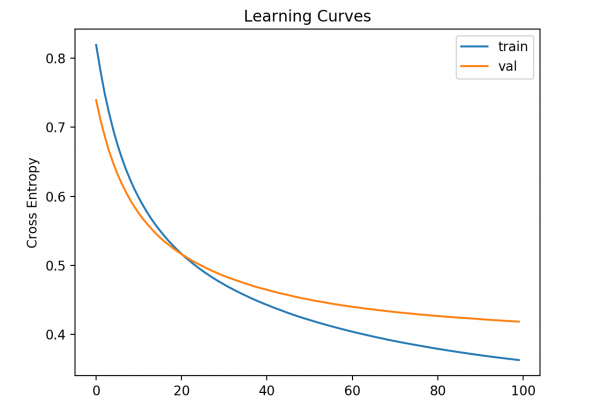Develop an Intuition for Bayes Theorem With Worked Examples
Last Updated on August 19, 2020 Bayes Theorem provides a principled way for calculating a conditional probability. It is a deceptively simple calculation, providing a method that is easy to use for scenarios where our intuition often fails. The best way to develop an intuition for Bayes Theorem is to think about the meaning of the terms in the equation and to apply the calculation many times in a range of different real-world scenarios. This will provide the context for […]
Read more








